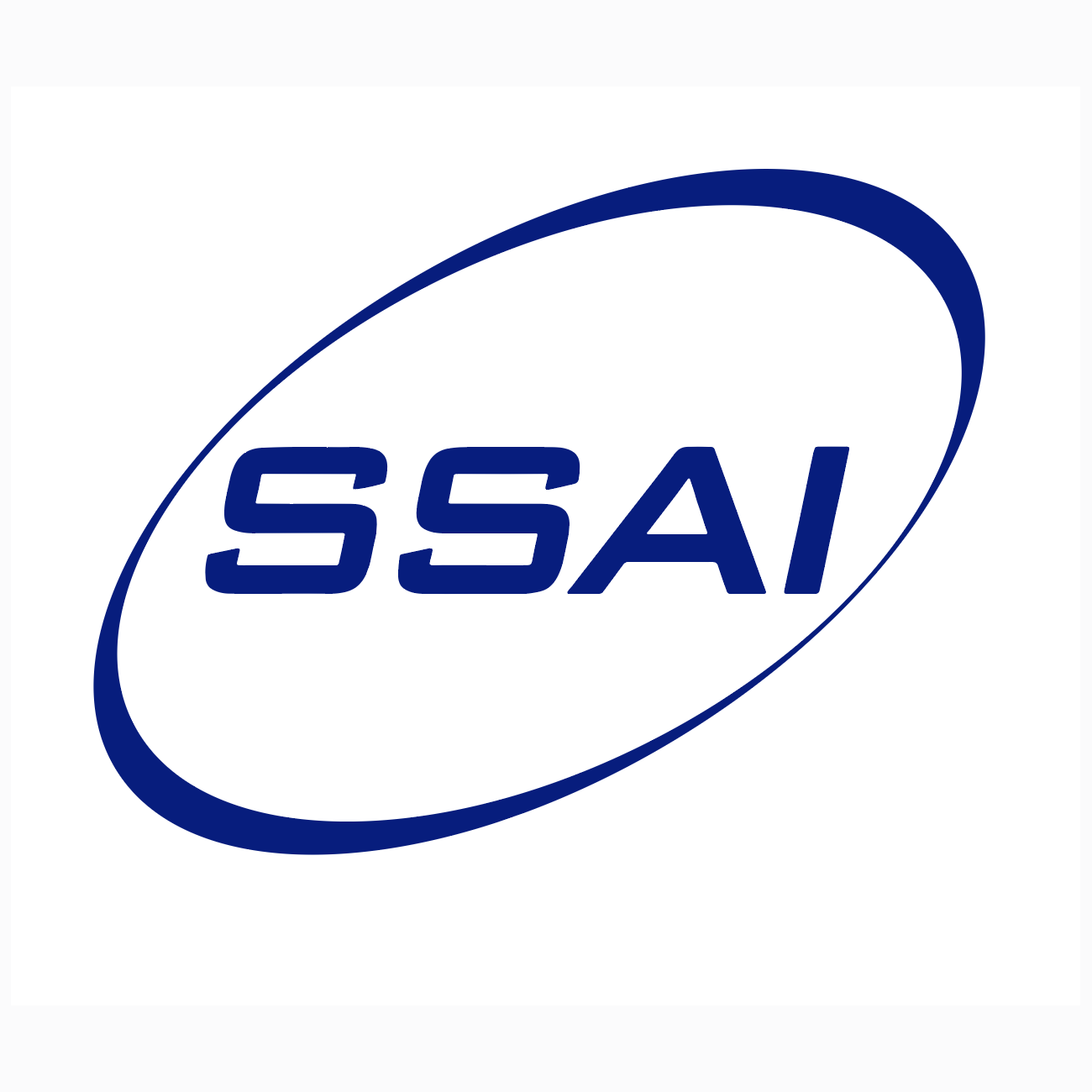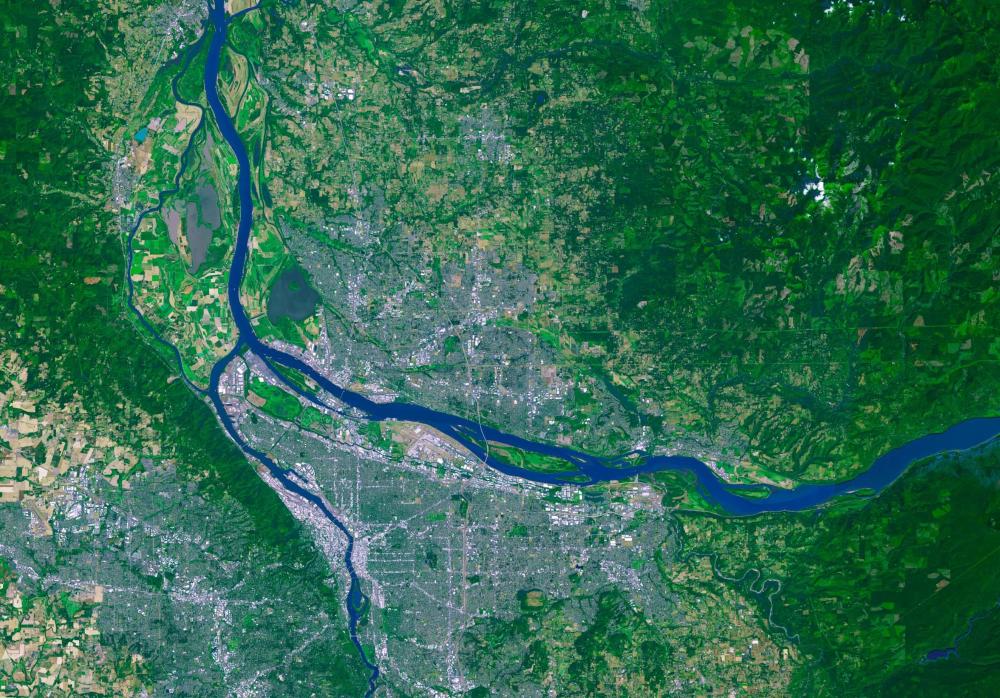
Summary
Major Accomplishments
SSAI Scientists Develop the Capability to Process Data Directly Broadcast to Ground Receiving Stations from the Ozone Monitoring Instrument (OMI).
The danger posed by ash from volcanic eruptions is not limited to areas that get covered with it. Ash that is thrown higher into the atmosphere, sometimes even into the stratosphere, poses a severe risk to planes by clogging (and potentially shutting down) engines and making it impossible to see out of deeply pitted windshields.
To monitor ash from volcanic eruptions, SSAI scientists worked with NASA colleagues to develop the capability to process data directly broadcast to ground receiving stations from the Ozone Monitoring Instrument (OMI). Although principally designed to measure and monitor the ozone layer, UV measurements from these instruments are also used to produce the Aerosol Index, which is a product designed to detect, measure, and track SO2 and volcanic ash emissions.
Two ground stations in particular—one in Finland, run by the Finnish Meteorological Institute (FMI), and one in Alaska, run by the Geographic Information Network of Alaska (GINA)-- provide full coverage of areas containing some of the most congested air routes over many of the most active volcanoes in the world. The information obtained directly from OMI is then used to ensure the safe passage of aircraft in the event of a volcanic eruption. SSAI personnel extended the capability of using direct broadcast data to the Ozone Mapping and Profiler Suite (OMPS) flying onboard the Suomi-NPP satellite.
Their efforts produced the first package within NASA Goddard Space Flight Center’s total broadcast system to fully utilize NASA algorithms and code to take raw sensor data through the complete process to finished products. This allows the OMPS data to be used by any station that can download direct broadcast data. Recently, SSAI also added the ability to use data from the OMPS instruments now flying onboard the NOAA 20 satellite.
In The News

Developed by SSAI and Booz Allen Hamilton developers at the Atmospheric Science Data Center (ASDC), the Forum enables the scientific user community and subject matter experts from NASA Distributed Active Archive Centers (DAACs), along with a host of other contributors, to discuss research needs, data, and data applications.
